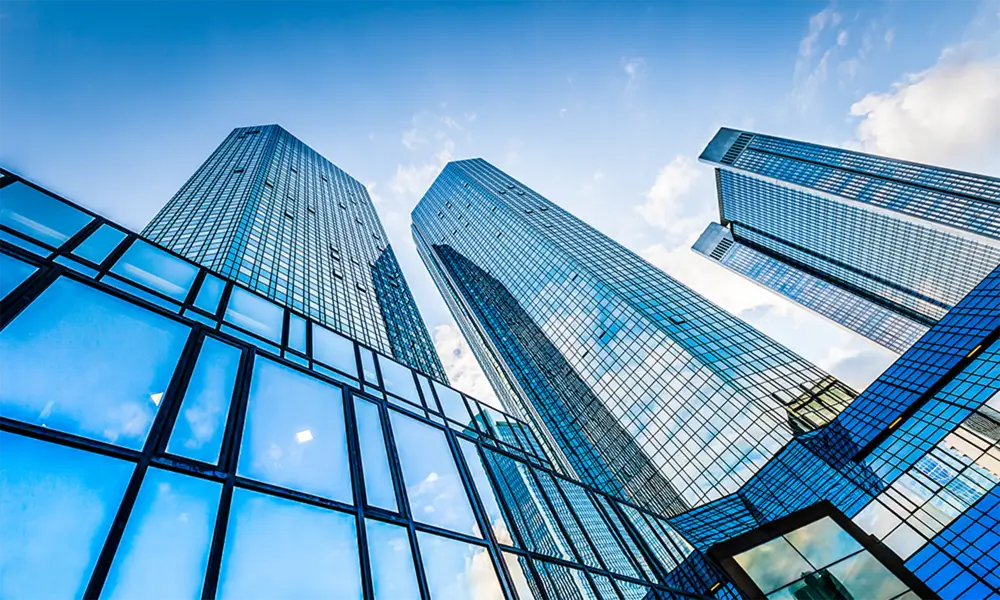

Understanding Low-E 240 Glass A Breakthrough in Energy Efficiency
In recent years, there has been a remarkable surge in interest regarding energy-efficient building materials, and one of the standout innovations in this area is Low-E 240 glass. The term Low-E refers to low emissivity, and the 240 indicates the specific performance level of the glass in terms of solar control and thermal insulation. This type of glass is engineered to meet contemporary demands for energy efficiency, comfort, and sustainability in residential and commercial buildings. Understanding the properties and benefits of Low-E 240 glass is essential for architects, builders, and homeowners looking to improve energy performance in their structures.
What is Low-E Glass?
Low-E glass is designed to minimize the amount of ultraviolet (UV) and infrared light that can pass through it, while still allowing visible light to enter. This is achieved through the application of a thin, virtually invisible coating, usually made of silver or other metal oxides, on one or more surfaces of the glass. The low emissivity feature helps in reflecting radiant heat while also allowing natural light to illuminate interiors. Low-E glass is classified by its performance characteristics, which include U-factor (insulation), SHGC (solar heat gain coefficient), and visible transmittance.
The Significance of the 240 Rating
The 240 designation indicates that this specific type of Low-E glass is particularly adept at controlling solar heat gain and enhancing thermal insulation properties. This is crucial in regions that experience extreme temperatures either in summer or winter. The Low-E 240 glass significantly reduces reliance on artificial heating and cooling systems, which translates to lower energy consumption and reduced utility bills.
Benefits of Low-E 240 Glass
1. Energy Efficiency One of the most glaring advantages of Low-E 240 glass is its ability to enhance energy efficiency. By reflecting heat during the summer and retaining warmth in the winter, this glass type helps maintain a stable indoor climate. This not only improves comfort but also reduces the need for heating and cooling systems, resulting in significant energy savings over time.

2. UV Protection The coatings on Low-E glass minimize UV penetration, protecting interiors from fading and damage caused by sunlight. This is particularly beneficial in environments with art, furniture, or flooring that can be sensitive to UV exposure.
3. Noise Reduction Low-E 240 glass can also contribute to noise reduction. The additional layer of coating can dampen outside noise, creating a quieter interior environment, which is especially advantageous in urban settings or noisy neighborhoods.
4. Environmental Impact Utilizing Low-E glass contributes to a more sustainable building practice. Its energy-efficient properties decrease greenhouse gas emissions associated with heating and cooling. Moreover, buildings equipped with energy-efficient materials may qualify for green building certifications, further promoting environmental stewardship.
5. Increased Comfort By regulating the amount of heat that enters and exits a building, Low-E 240 glass ensures that interiors remain comfortable year-round. Homes and offices are less likely to experience temperature fluctuations or drafts, leading to better overall satisfaction and productivity.
Installation and Considerations
While the benefits of Low-E 240 glass are clear, it’s essential to consider proper installation. To maximize its effectiveness, it should be installed in accordance with manufacturer recommendations and local building codes. Additionally, it's important to pair Low-E glass with appropriate framing materials and insulation in order to create a holistic approach to energy efficiency.
Conclusion
Low-E 240 glass represents a vital advancement in the field of building materials, combining aesthetics with energy efficiency. As the world continues to grapple with the challenges of climate change and energy consumption, innovations like Low-E glass pave the way for sustainable construction practices. Whether for new builds or renovations, incorporating Low-E 240 glass can lead to significant improvements in energy performance, comfort, and environmental impact, making it an excellent choice for today's energy-conscious consumer. As we move toward a greener future, Low-E 240 glass stands out as a remarkable tool in the quest for energy efficiency and sustainability in our built environment.